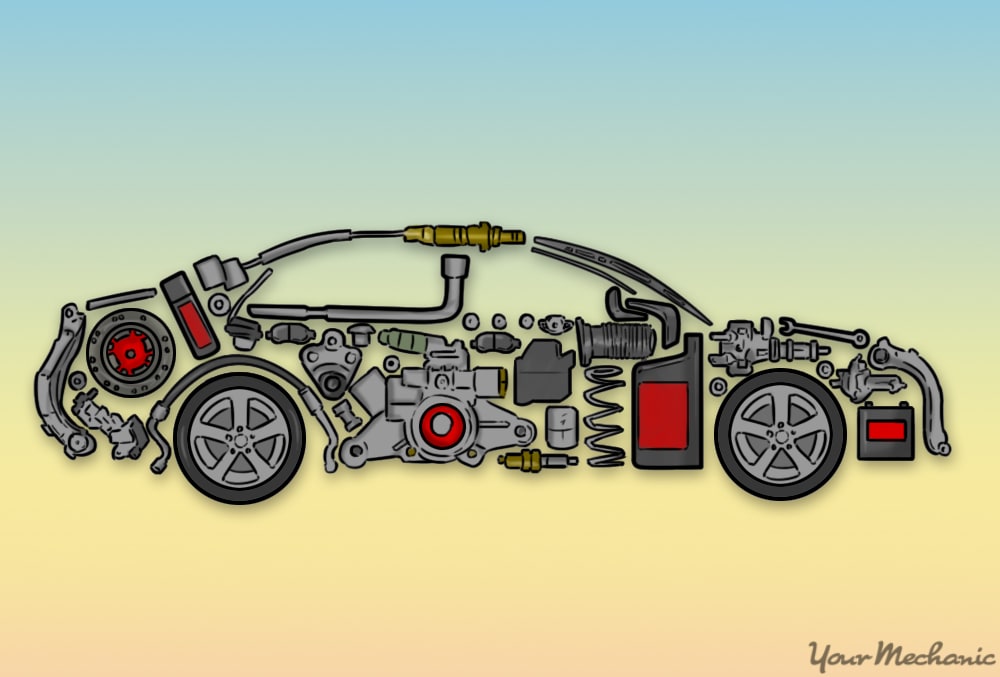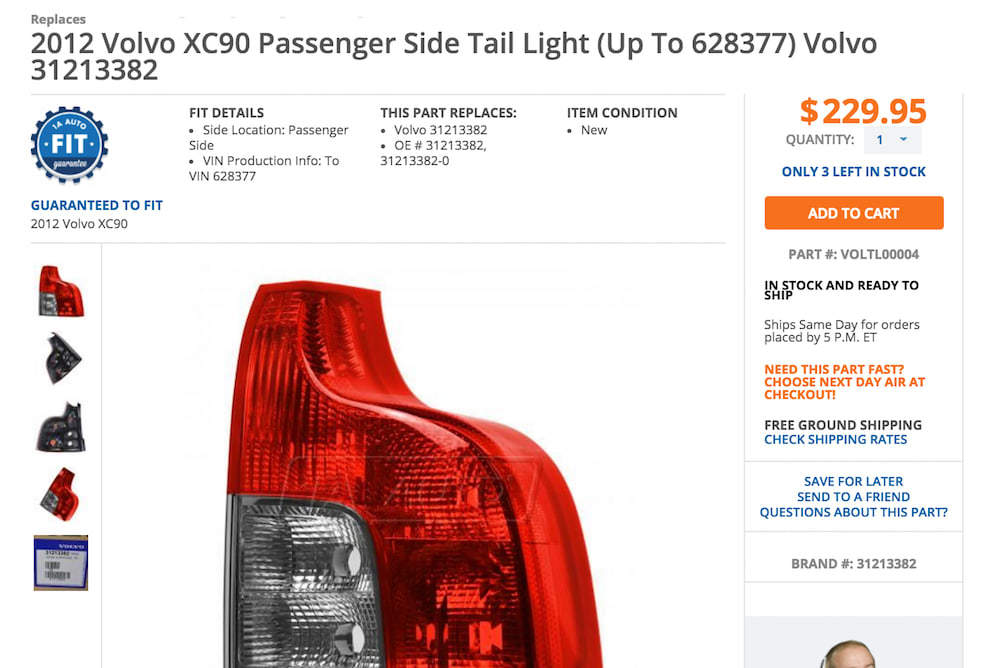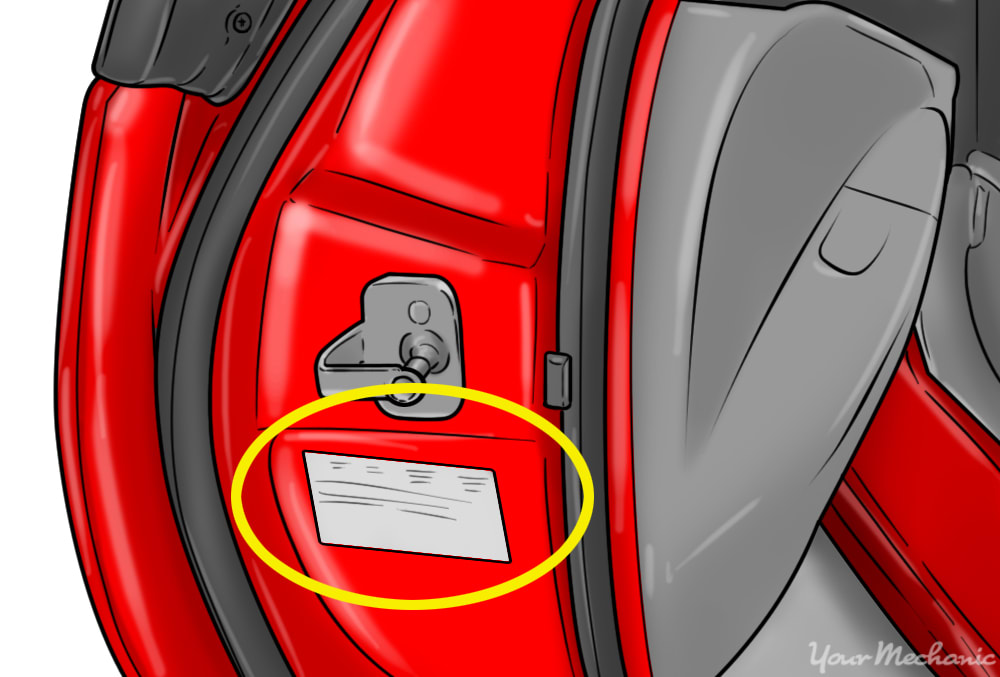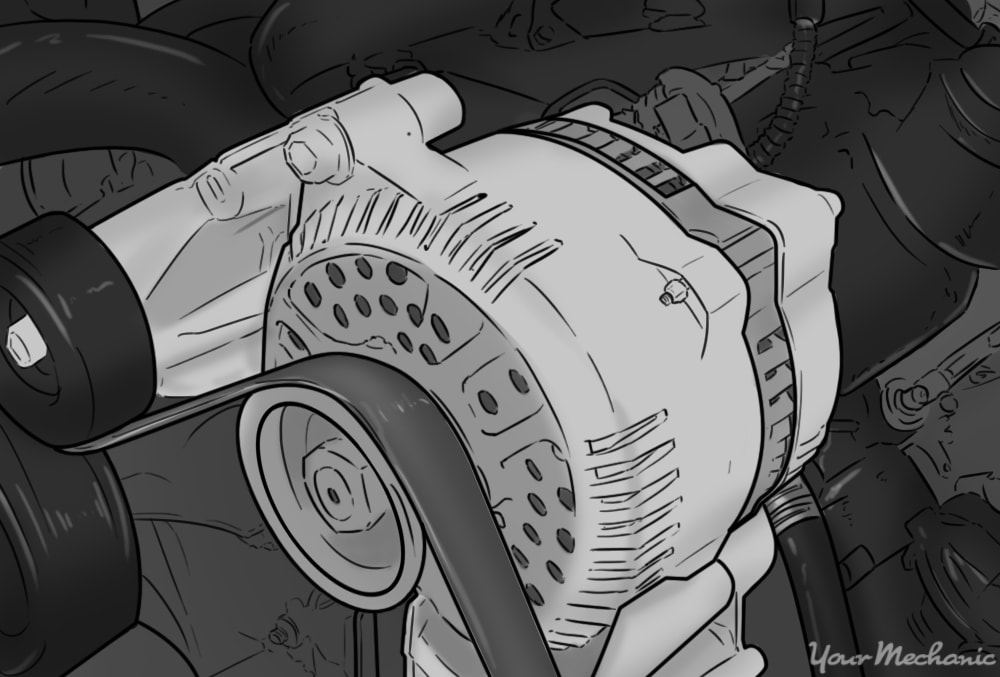

No matter how reliable a vehicle is, sooner or later most of us find ourselves in the market for auto parts. And whether it’s due to the vintage of your vehicle or the state of your bank account, you may be considering the option of locating and buying used parts. Here are a few guidelines that can help you make better decisions, and improve your odds of having a successful experience in buying used auto parts.
Part 1 of 4: Figuring out what parts are needed
Step 1: Determine your vehicle part needs. Have information about your vehicle - including year, make, model, engine size, and trim - on hand.
You’ll need to know if it has an automatic or manual transmission, and whether it is front wheel drive (FWD) or all-wheel drive (AWD). Also, whether the car is turbo or non-turbo often makes a difference in getting the right part.
Step 2: Locate and record your VIN. Knowing those 17 digits stamped near the base of the windshield, known as the vehicle identification number, can often be helpful in getting the parts that will be the correct fit for your vehicle.
Step 3: Locate and record the date of manufacture. You can find this on the sticker in the driver’s door jamb.
It will show the month and year your vehicle was actually built. Manufacturers often make changes on the fly while manufacturing a given model year vehicle.
For example, if your 2009 vehicle was built in November of 2008, it may have a different part in a particular location than 2009 vehicles of the same model had rolling off the assembly line in August of 2008. Hopefully yours is better!
Step 4: Take a few pictures. Having a picture or two of the part(s) you want and the way they connect to your vehicle can be a big help when you are buying used parts.
Let’s say, for example, you have a 2001 Mazda Miata and you’re looking for a used alternator. You find someone who is parting out a 2003 Miata, but you’re not sure if the alternator will fit your car. Having the pictures of your alternator will confirm that the size, mounting bolt pattern, electrical connectors, and number of belt ribs on the pulley are an exact match.

Step 5: Shop new parts first. Getting prices from the dealer, local auto parts store, and an online parts source will let you know what those parts would cost new.
You may even find a good deal and decide to buy new.
- Note: Remember that finding the right parts used, instead of new, usually takes some extra time and effort. You’ll usually pay with your time instead of your money.
Part 2 of 4: Locating used auto parts online
Step 1: Surf over to eBay Motors. eBay Motors is nationwide, and a massive website - and so is the parts selection.
They have everything automotive. You’ll find all levels of parts and sellers. Seller's feedback ratings are also provided for prospective buyers to view before doing business with them.
The downside to ordering parts with eBay is not being able to inspect the parts in your own hands before purchase, and having to wait for shipment.
- Note: Some auto parts sellers on eBay require parts to be installed by a certified mechanic in order to qualify for their full warranty.
Step 2: Check out Craigslist. The Craigslist online marketplace can get you connected with parts sellers locally.
You may be able to ride over to the seller and see the parts before you buy, negotiate your best deal, and bring those parts home.
Transacting business at the house of a stranger whom they’ve just met online can cause people to feel less than comfortable. Bringing a friend along or meeting at a mutually agreeable neutral and public location, such as a shopping center, may solve this issue. Craigslist operates with fewer consumer safeguards in place than ebay.
- Tip: Caveat emptor, or let the buyer beware: this is the rarely spoken but unofficial mode of operation in the used auto parts marketplace. The purchaser must examine, judge, and consider items for himself or herself. Don’t rely on a seller to assure the part’s quality.
Part 3 of 4: Locating used parts at an auto recycler
Step 1: Find a nearby auto recycler online and give them a call. Formerly known as junk yards, auto recyclers are the largest source of used auto parts in the country.
They are frequently networked with other auto recyclers, and may be able to locate the part you need even if they don’t have it on their property.
Step 2: Go pick your parts. Some require you to bring your own tools and remove the part yourself. Wear your grungy clothes!
Ask them ahead of time about their policy on refunds, returns, and exchanges.
- Tip: Remember that the vehicle you are getting parts from may have been in an accident. Look very closely for damage on the components you want. Look at the odometer if you can, too. Worn parts can still have usable life remaining, but they also may have reached their usability limit.
Part 4 of 4: Deciding what to buy used and what to buy new
Parts whose condition is easy to judge based on a visual inspection can be a good bet to purchase used. So can parts that require very little labor to install.
Here are some examples of parts that may save you money if you can locate good ones used:
- Body and trim pieces like doors, fenders, hoods, bumpers
- Headlight and taillight assemblies
- Power steering pumps
- Alternators
- Ignition coils
- Original wheels and wheel covers
Just because someone is selling a used part that you need doesn’t mean that you should buy it used. Some parts should only be original equipment, or top quality and purchased new.
Parts that are critical for safety such as brakes, steering, and airbag components fall into this category. Additionally, some parts simply take too much labor to install to risk improper operation or short useful life. Use only new parts for these applications as well.
Some parts are maintenance items, not as expensive, and will need replacing as they wear out. It does not make good sense mechanically nor financially to install used spark plugs, belts, filters, or wiper blades.
These are some examples of parts that are better sourced new rather than used, due to safety or reliability concerns:
- Brake parts like pads, calipers, master cylinders
- ABS control units
- Steering racks
- Airbags
- Clutches
- Axle shafts
- Fuel pumps
- A/C compressors and receiver driers
- Water pumps
- Thermostats
- Cooling system hoses
- Spark plugs
- Filters
- Belts
Some used parts require an even more skillful appraisal before purchase, and may still need some level of reconditioning before installation and use:
- Engines
- Transmissions
- Cylinder heads
- Internal engine parts
- Fuel injectors
Obtaining and installing a used engine for your vehicle is a risky proposition if the vehicle is to be your daily driver. For a project car or hobby it may be just the ticket!
- Note: A catalytic convertor is a component that legally may not be sold used due to federal emissions laws.
If you’ve read this far, you are already doing the kind of homework that can pay off when hunting for used auto parts. The goal is to save substantial amounts of money without taking on too much additional risk. Where you find your own comfort level in this equation is a personal thing. However, If you find yourself in a bind, you can always reach out to YourMechanic - we’ll be glad to send a certified mechanic out to your home or workplace to replace any part, from the battery cables to the windshield wiper switch.






